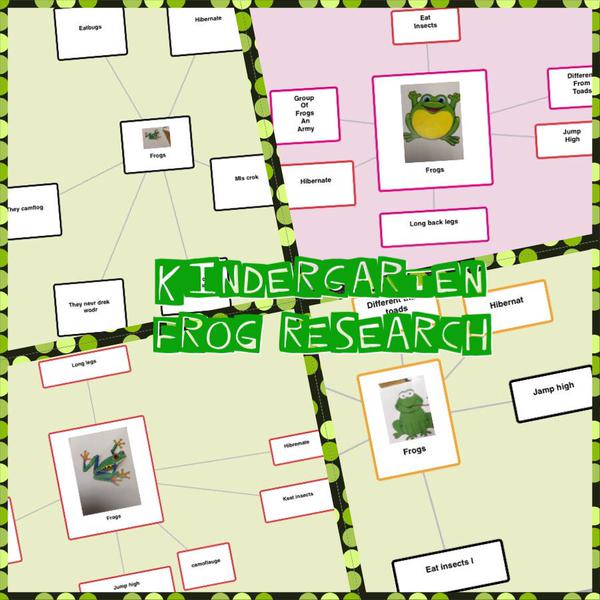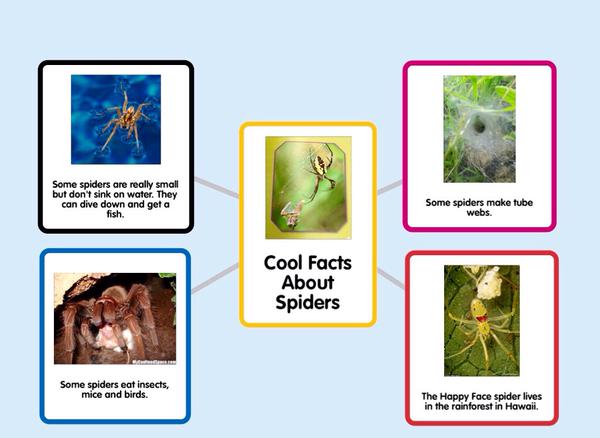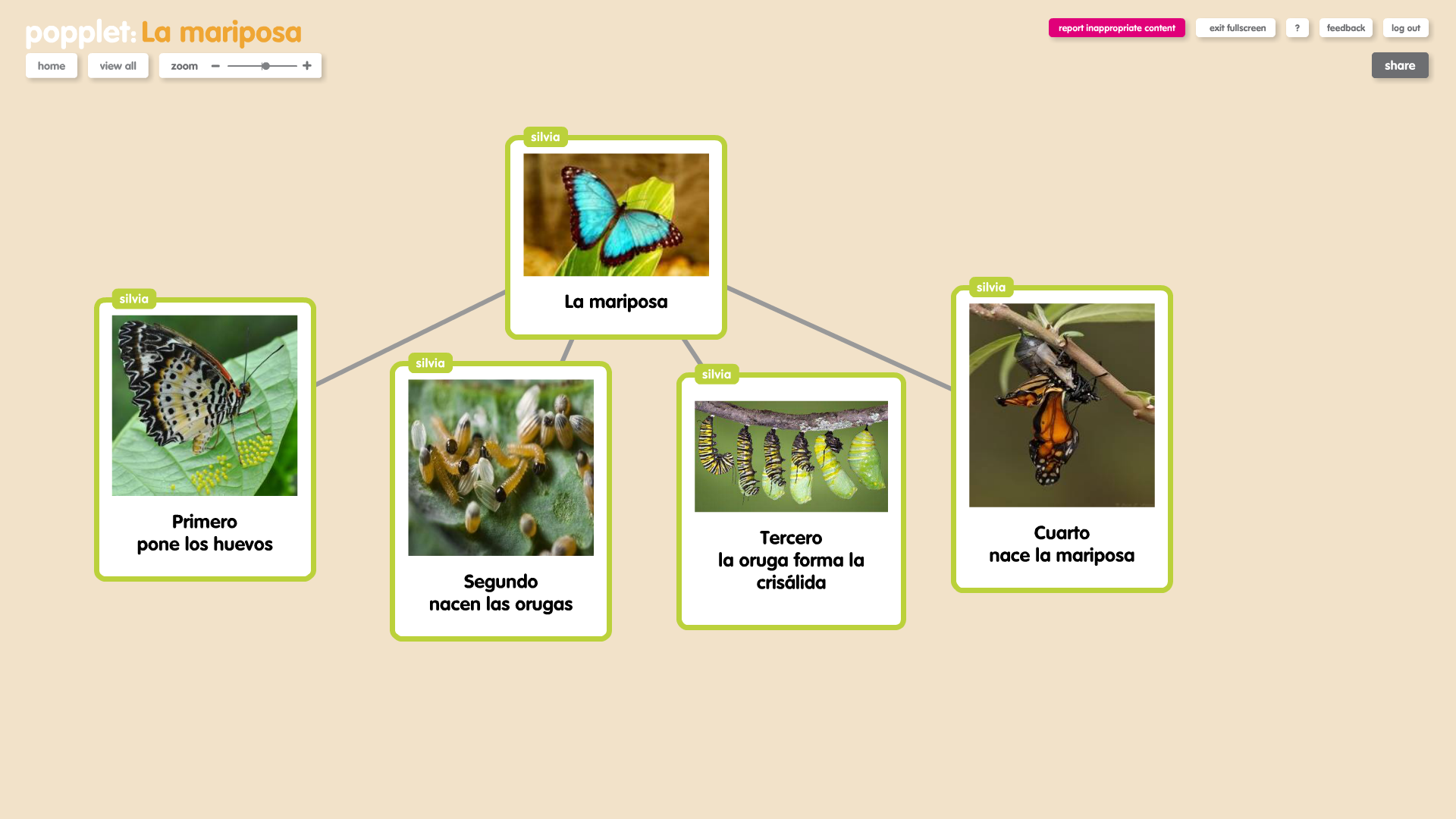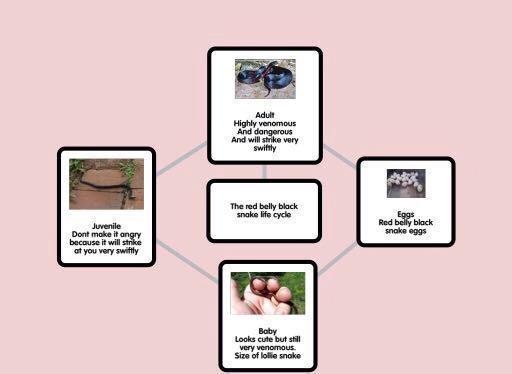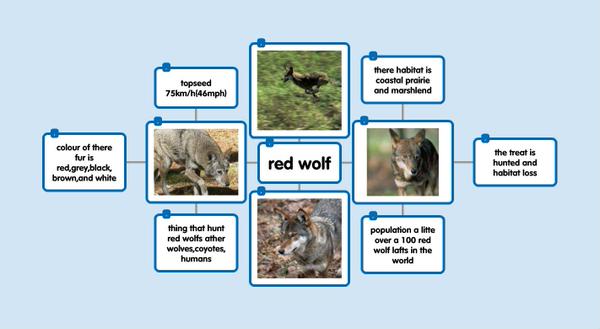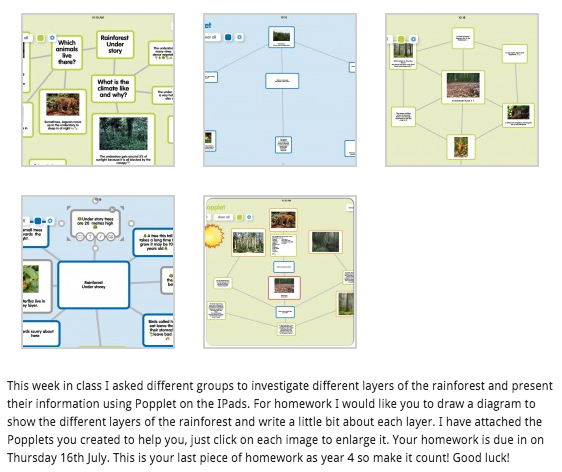There is definitely something cellular in nature about the humble popple – the irreducible building block of all the Popplets ever created. Cellular not only in shape, a single popple also mirrors its organic counterpart in that it contains the vital information necessary – text, images, video – for the formation of things far greater than the sum of their parts – Popplets!
The striking similarities between the digital and the natural world might well be why students and teachers of biology find Popplet so compelling. The visual nature of Popplet can help lay bare life’s secrets with simple ease and clarity. We know this because our message boards are teeming with fine examples of Popplet biology work!
From the workings of the simple cell, to the dense multilayered depths of the rainforest, we put Popplet under the microscope to discover how it is being used to reveal the facts, and tell the fascinating story of the natural world.
Cells: The Building Blocks of Life – (and good presentations!)
This Popplet presentation from Kimberly Fors, a biology teacher, is in itself a clear and concise demonstration of the most important points in cellular biology – but just look what happens when Kimberly adds life by employing Popplet Presentation Mode:
Interesting and informative. Compelling not only for students of biology, but also for the curious observer – and there’s more! Kimberly provides an activity Popplet idea at the end of her presentation, which can be used to check comprehension, reinforce learning in class or serve as a homework activity.
From Cells to Systems
Multiplying cells grow into incredibly complex structures, like the Cardiovascular System in human beings for example, and a good way to explain how it all works, is to create a Popplet like this one from Laura Murray’s Computing and RE blog:
No need to cut anyone or anything open, students can absorb essential details by studying the text and pictures, and watching the excellent videos. You will find popplets describing the other main organ systems in the Public Popplets section. This type of adaptable Popplet could be used as a classroom presentation. Alternatively, students could be asked to produce the Popplet, collaboratively or individually, in class or for homework.
Classification
Naming things based on their attributes is one of the ways biologists make sense of the many organic lifeforms that exist in the world. A truly mammoth task, and essential biological skill, made much easier with Popplet, as demonstrated below in Las Plantas:
A precise visual representation of the main branches used in the classification of plant life, along with appealing diagrams and pictures to make it even more interesting. A template for all work like this.
The Facts of Life
Not every classification project need have the grand scope of “Las Plantas”. Students of all ages can have a lot of fun putting together “fact popplets” from research they do on animals and plants. Hillaree McDaniel’s kindergarten class made these fantastic frog popplets:
Or what about these Cool Facts About Spiders, tweeted by educator Jennifer DeHayes:
Gathering together information on a popplet is a hugely informative, fun activty which reinforces learning and provides students with a lasting record of their work for revision. Popplets can be easily shared, or printed off and proudly pinned to the wall!
The Cycle of Life
The cyclical nature of things is intuitive, but never fails to fascinate students of the life sciences. Who could ever forget learning about the butterfly?
Organic life abounds with cycles and Popplet is the ideal tool for capturing and illustrating each fascinating stage. Text, images and video can be arranged in timeline fashion as in Todd Kranz’s First Graders’ The Lifecycle of a Chicken:
…or in a more circular way like in Lifecycle of A Red Belly Black Snake by Learn It With 4C:
Ecology
Check out this fantastic Biome Assignment published on the biology resources website Biology Corner. A complete lesson plan, it even comes with an example of a Biome popplet– My Backyard:
Creating popplets like this is a productive, fun way for students to learn about ecology, while raising awareness of current environmental issues.
Endangered Spieces
Check out this Endangered Speices popplet by Neihaus 4th Grade:
Pertinent facts about habitat and numbers, the nature of the threat faced by the wolves, great visuals – a wealth of information all in the one place, students learn as they create. Adaptable for any endangered plant or animal, this great exercise develops understanding and raises awareness of animal and plant extinction.
Layers of the Rainforest
Rainforests are so dense and rich with diversity that they can be studied in layers – that’s how they do it at Unsworth Primary anyway. In their impressive Year 4 Blog, teacher J Derby has given students a homework assignment based on a series of popplets they created for a Layers of the Rainforest class exercise, a sample of which is shown below:
Now, for your homework! What are you doing in the biology class with Popplet? If you haven’t already done so, add to the stream of Popplet life by sharing your biology Popplets and ideas with us and our community on Twitter and on our Facebook page.
